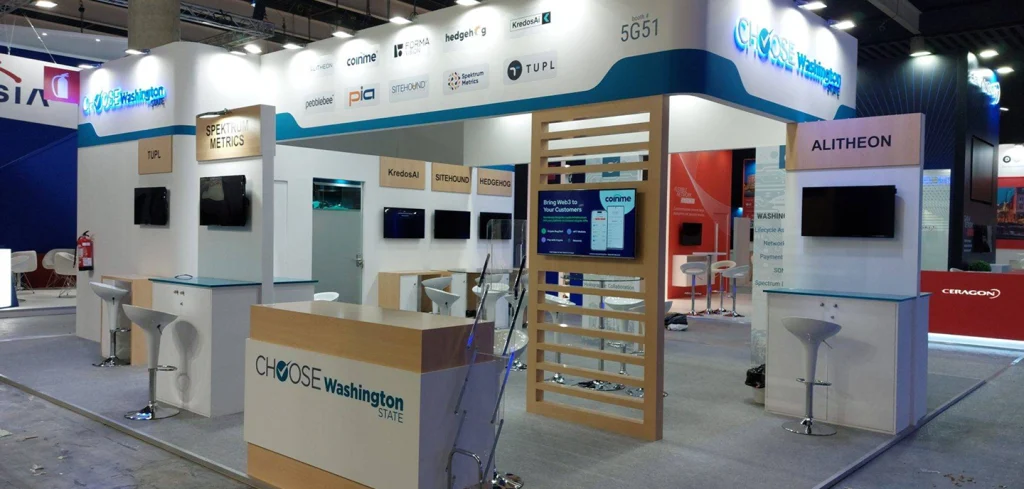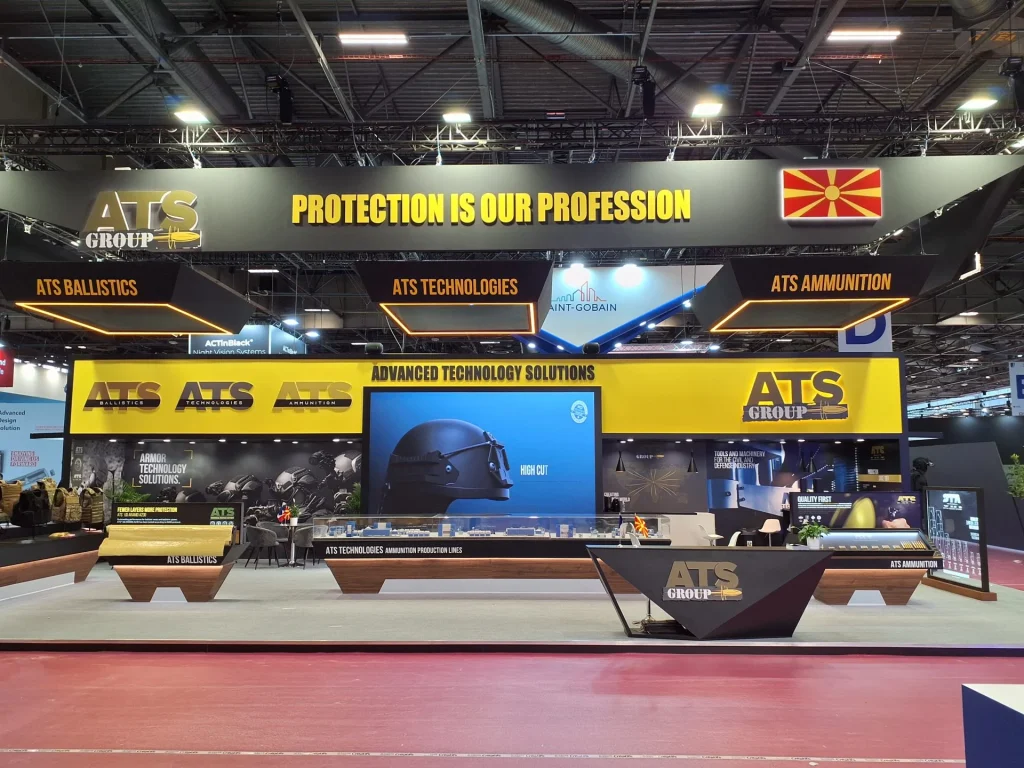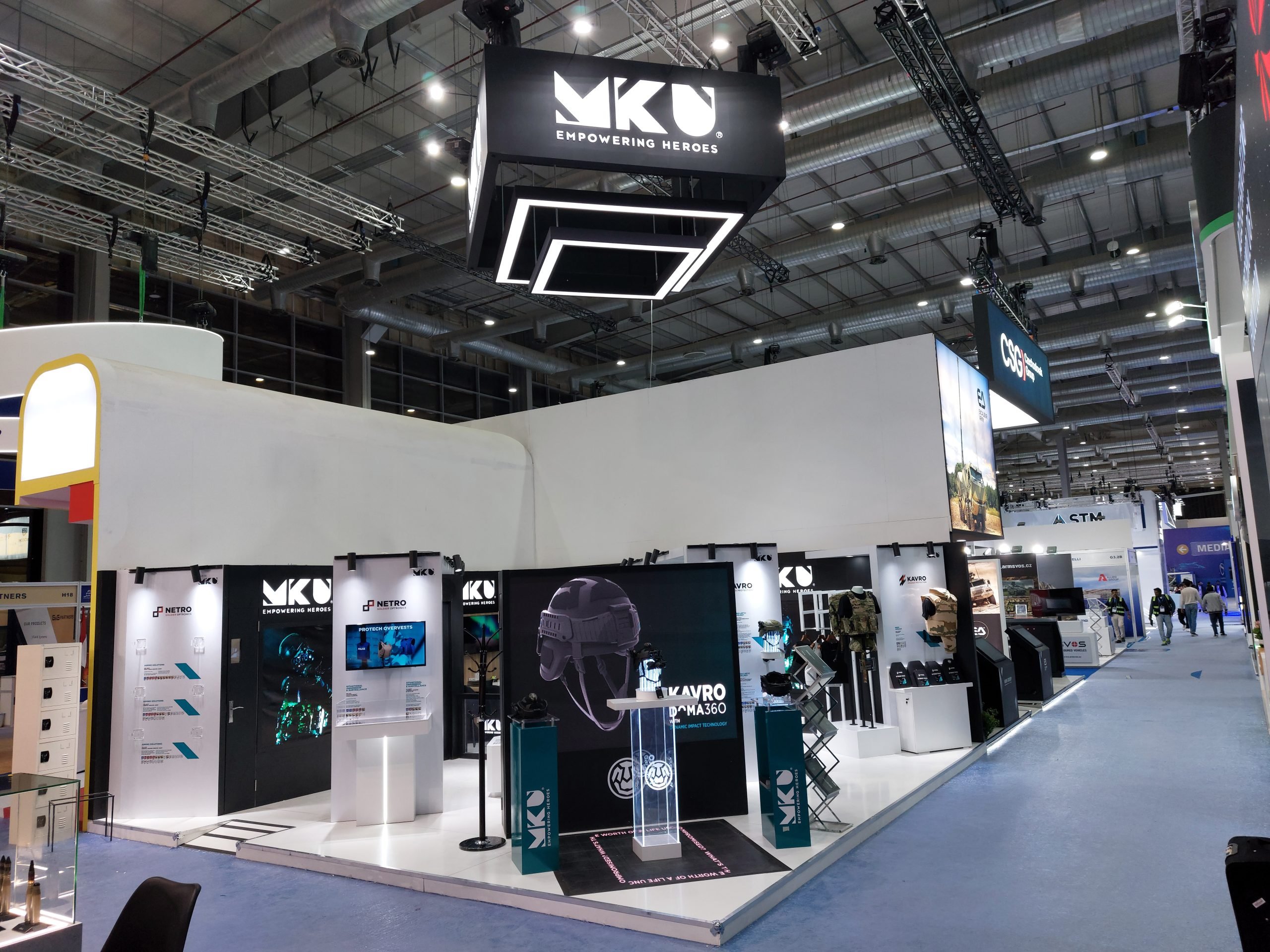
Introduction: The Complexity of European Exhibit Booth Design
Designing exhibit booths for European trade shows presents both unique challenges and exciting opportunities. Unlike other regions, Europe’s diverse cultural landscape, strict regulatory requirements, and high design expectations make booth creation a strategic process.
Exhibitors need to navigate multiple languages, sustainability mandates, venue-specific restrictions, and varied attendee preferences, all while ensuring a seamless and impactful brand presence. This article explores the key challenges and opportunities in European trade show booth design and how exhibitors can create standout exhibits that meet both compliance standards and business objectives.
1. The Challenge of Multinational Audiences & Cultural Adaptation
Why It Matters: Europe is a continent of multiple languages, cultures, and business etiquettes. A booth that resonates in Germany may not work in France or Spain, requiring localized messaging and design strategies.
Solutions for Engaging a Diverse Audience
- Multilingual Booth Design – Digital signage, brochures, and interactive screens in multiple languages improve visitor engagement.
- Region-Specific Visual Appeal – Adapting booth aesthetics to align with local design preferences ensures stronger audience connection.
- Culturally Aware Staff Training – Booth representatives must be familiar with regional customs, negotiation styles, and networking etiquette.
Exhibitors should collaborate with a trade show booth design company that understands European market segmentation and cultural nuances.
2. Navigating Strict European Sustainability Regulations
Why It Matters: Europe has some of the strictest environmental policies, and trade show organizers are enforcing eco-friendly booth regulations to align with sustainability mandates.
Sustainable Booth Design Requirements
- Use of Recycled & Renewable Materials – Exhibitors must prioritize FSC-certified wood, biodegradable fabrics, and recyclable aluminum.
- Modular Booth Design – Multi-use booths reduce material waste and ensure reusability across multiple trade shows.
- Energy-Efficient Technology – LED lighting, digital displays instead of printed banners, and carbon-neutral logistics are becoming standard.
Brands working with European trade show exhibit builders must ensure compliance with sustainability standards to avoid penalties or rejection.
3. Venue-Specific Design Restrictions
Why It Matters: Unlike the U.S. or Asian markets, European trade show venues have strict booth size limits, height restrictions, and fire safety regulations, requiring a customized design approach for each event.
How to Adapt Booth Design for Different Venues
- Understand Venue-Specific Rules – Each exhibition center (e.g., Messe Frankfurt, Fira Barcelona) has unique layout restrictions that affect booth design.
- Optimize Vertical vs. Horizontal Space – Some venues limit booth height, requiring brands to use creative horizontal layouts.
- Fire Safety & Electrical Compliance – Booths must meet stringent fire-proofing and electrical wiring standards before approval.
Working with a booth design agency experienced in European trade show venues can help exhibitors meet compliance standards while maximizing booth visibility.
4. The Logistics of Cross-Border Exhibit Transport
Why It Matters: Unlike single-country trade show markets, exhibiting in Europe often involves moving booth materials across multiple borders, which can lead to customs complications, transport delays, and cost overruns.
Best Practices for Seamless Booth Transport
- Use Modular Booth Components – Lightweight, collapsible booth elements reduce shipping costs and improve reusability.
- Work with European Freight Experts – Selecting trade show logistics providers who specialize in cross-border exhibit transport ensures smoother transitions.
- Consider Local Booth Fabrication – Some brands partner with European exhibition stand design companies to build booths locally and avoid customs delays.
Proper logistics planning is essential to prevent unexpected costs and ensure a smooth booth setup process.
5. Balancing Standardization vs. Customization in Booth Design
Why It Matters: Some companies exhibit across multiple European markets, requiring a balance between standardized brand consistency and localized customization.
How to Maintain a Cohesive Yet Adaptable Booth Strategy
- Modular Booth Design for Flexibility – Allows exhibitors to adjust booth size and layout based on each venue’s specifications.
- Custom Messaging for Regional Audiences – Digital branding elements allow for easy content adaptation without changing the entire booth design.
- Brand Uniformity with Cultural Sensitivity – While maintaining global branding, visuals and color schemes can be subtly adapted to local preferences.
Companies should work with a trade show booth design firm that can develop modular, customizable booths tailored to different European markets.
6. Competing Against High-Quality European Exhibit Design Standards
Why It Matters: European trade shows have some of the most sophisticated and visually stunning exhibit booths, setting high expectations for creativity and craftsmanship.
Key Booth Design Trends in Europe
- Minimalist & Elegant Aesthetics – European booths favor clean lines, open spaces, and premium materials over cluttered displays.
- Experiential Booth Design – Many exhibitors incorporate interactive experiences, augmented reality (AR), and AI-powered engagement tools.
- Luxury & High-End Finishes – Premium industries (fashion, automotive, technology) prefer polished, upscale booth aesthetics.
Investing in a custom exhibit builder with expertise in high-end European design trends can elevate a brand’s presence at trade shows.
7. Digital Integration & Smart Booth Technology
Why It Matters: European trade shows are leading the way in technology-driven exhibit experiences, making interactive and data-driven booths a competitive necessity.
Innovative Booth Technologies Used in Europe
- AI-Powered Booth Interactions – AI-driven digital assistants guide visitors and answer questions in real time.
- Virtual & Augmented Reality (VR/AR) – Brands create immersive product experiences using interactive technology.
- Live Data Collection & Personalization – Smart booths adjust content based on visitor engagement and preferences.
Trade show exhibitors must integrate these technologies to enhance visitor engagement and remain competitive in the European market.
8. Future Trends in European Trade Show Booth Design
What’s Next for Exhibitors?
- Greater Focus on Sustainable, Circular Booths – Expect more zero-waste and fully recyclable exhibit designs.
- More Hybrid & Virtual Trade Show Elements – Exhibitors will blend physical and digital engagement strategies.
- AI & Automation in Booth Operations – Smart booths will provide real-time visitor analytics and automated lead capturing.
Brands that proactively adopt these trends will remain at the forefront of European trade shows.
Conclusion: Overcoming Challenges, Seizing Opportunities
Exhibiting in Europe offers a wealth of opportunities, but it also requires careful planning, localized design strategies, and compliance with regional regulations. By adapting to cultural differences, embracing sustainability, optimizing logistics, and integrating smart technology, brands can create impactful, high-performing exhibits that resonate with European audiences.
Partnering with an experienced trade show booth design company can help businesses successfully navigate these complexities and maximize their presence at European trade fairs.
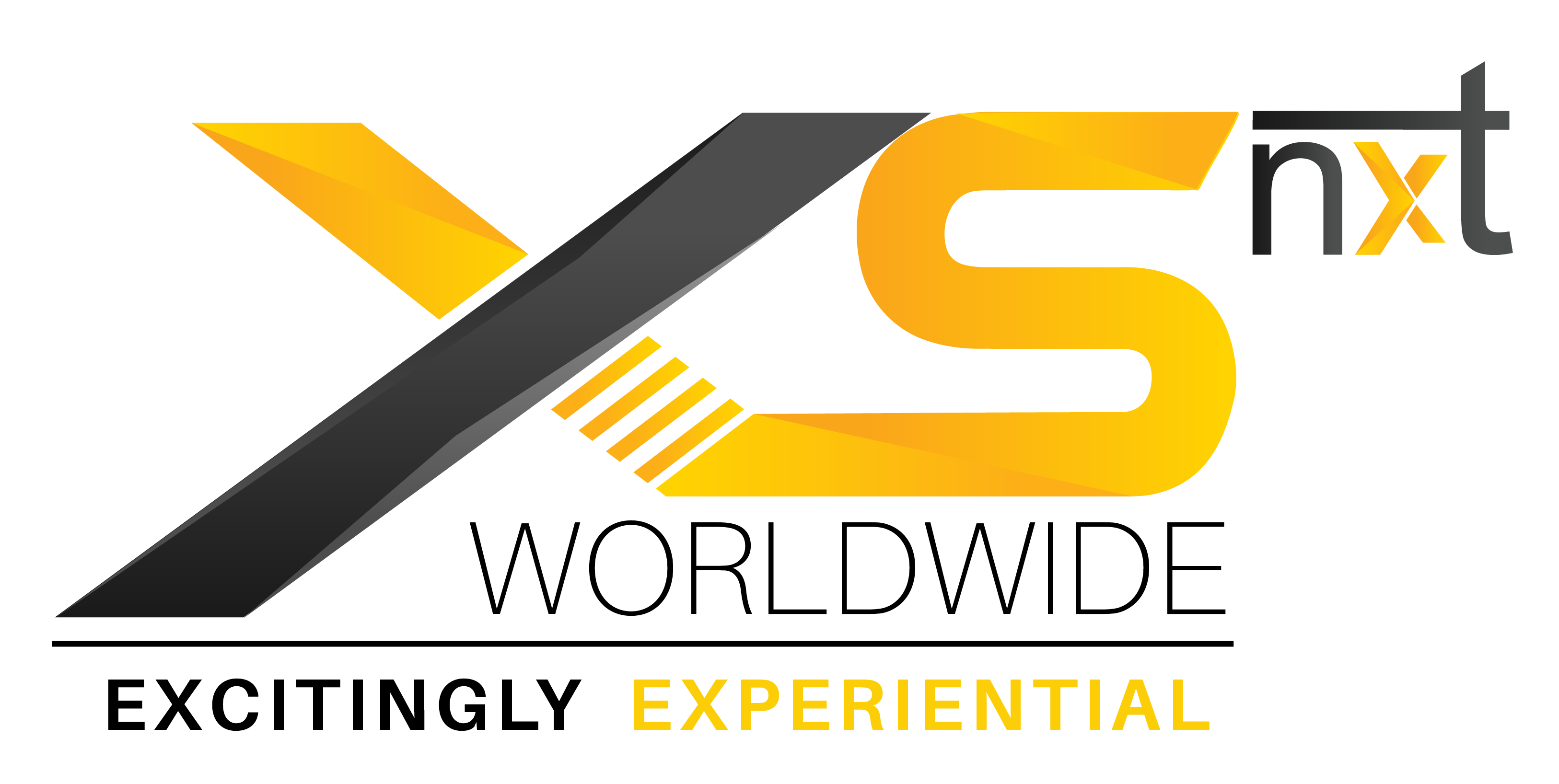
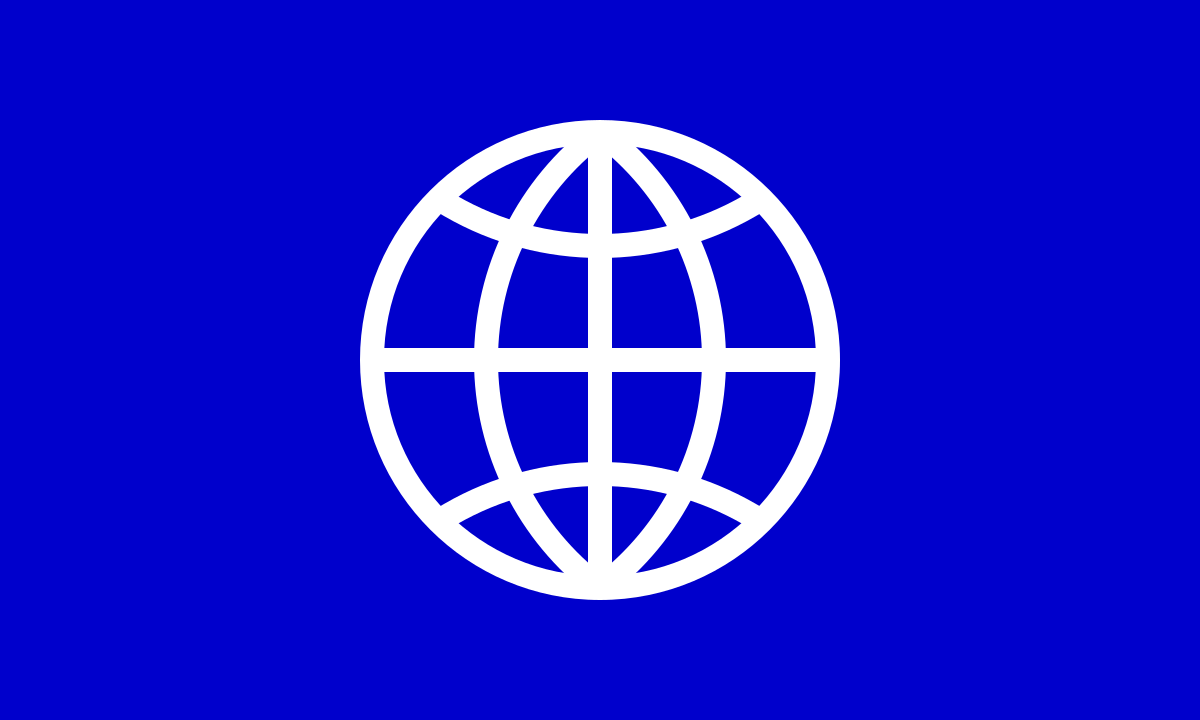 Global
Global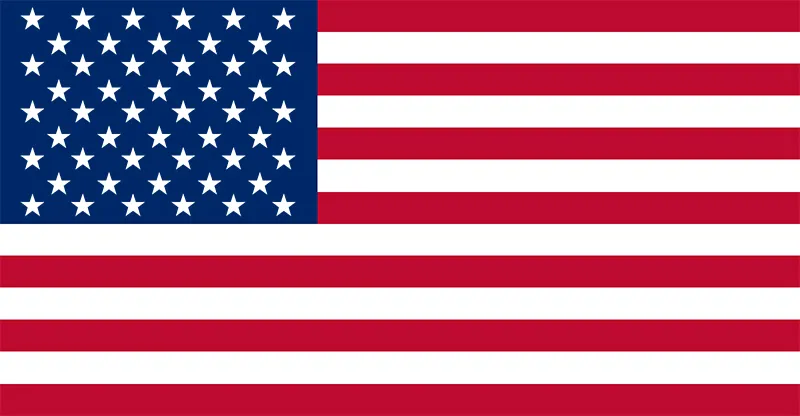 USA
USA